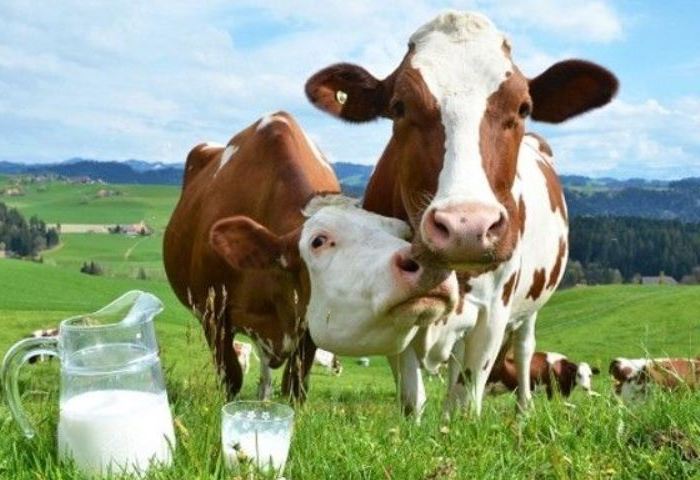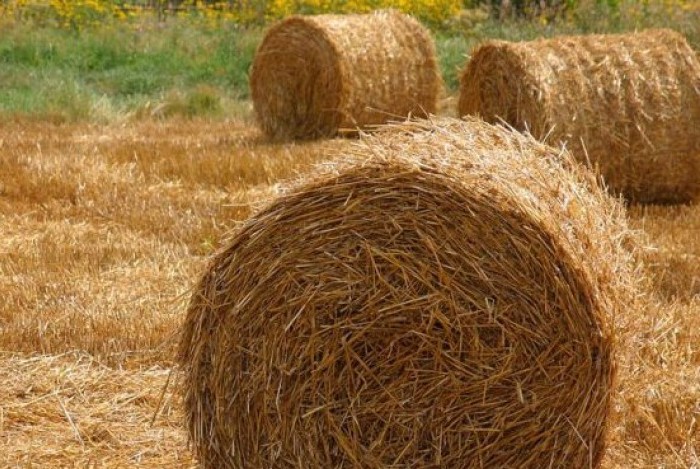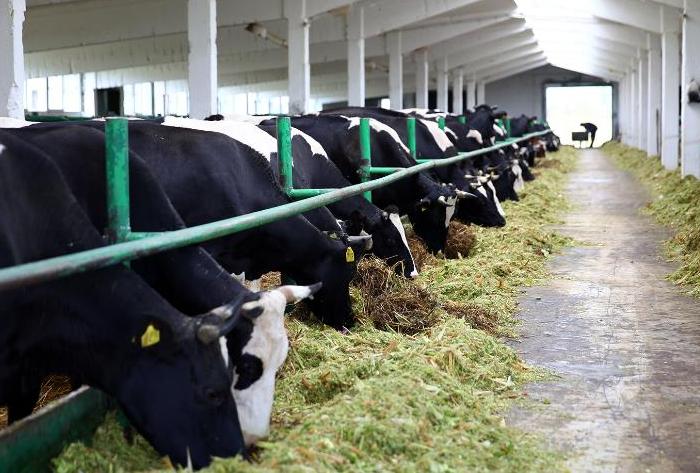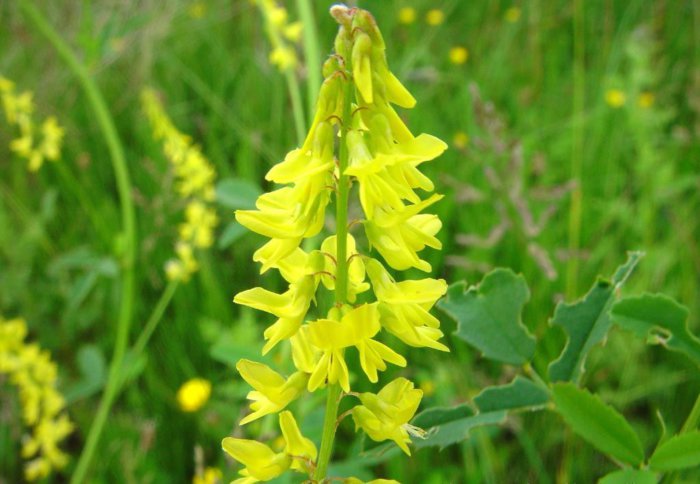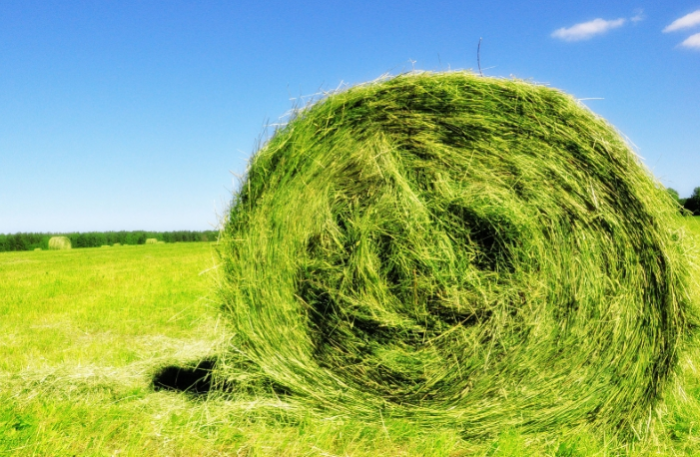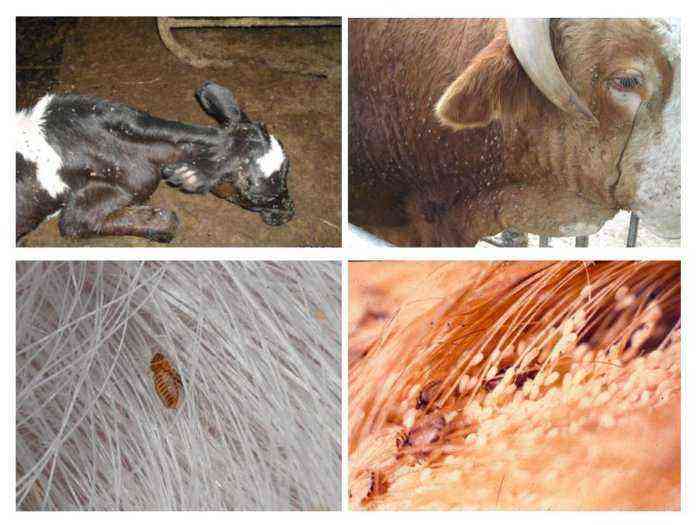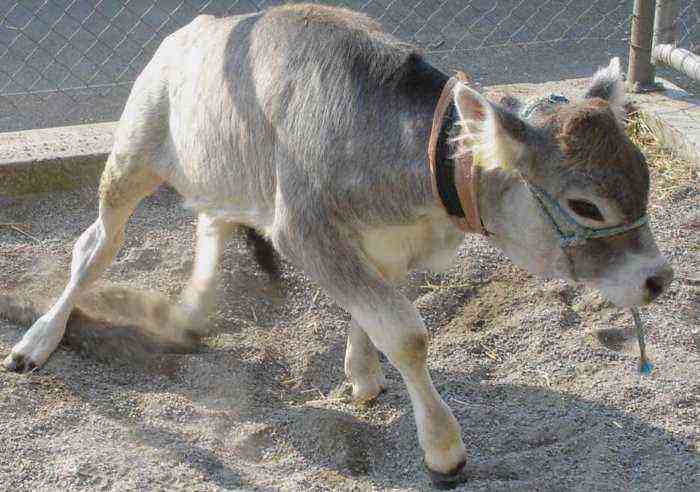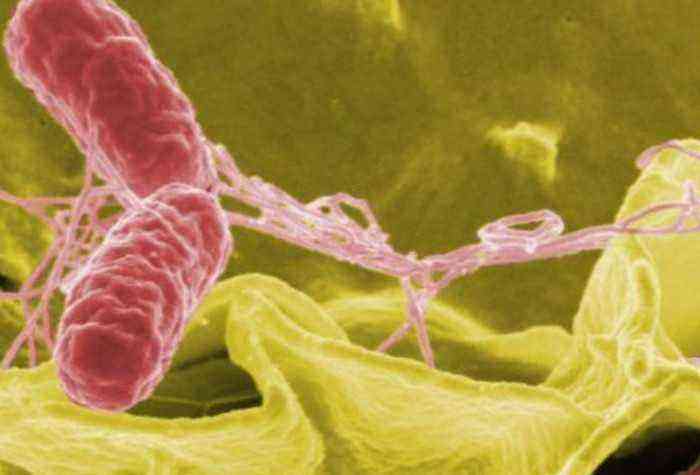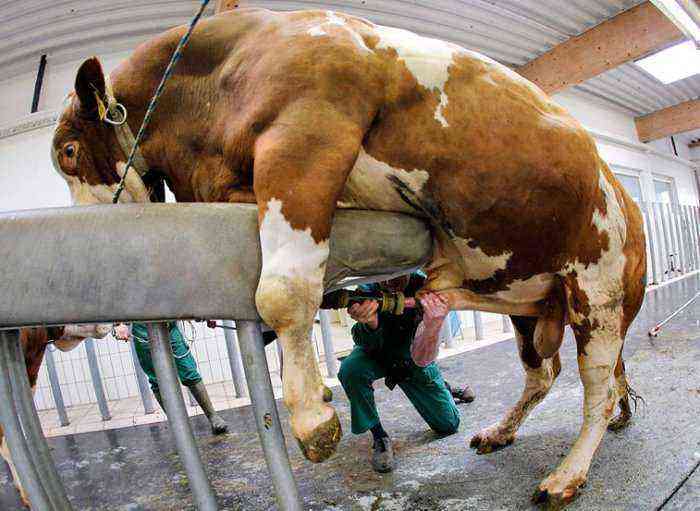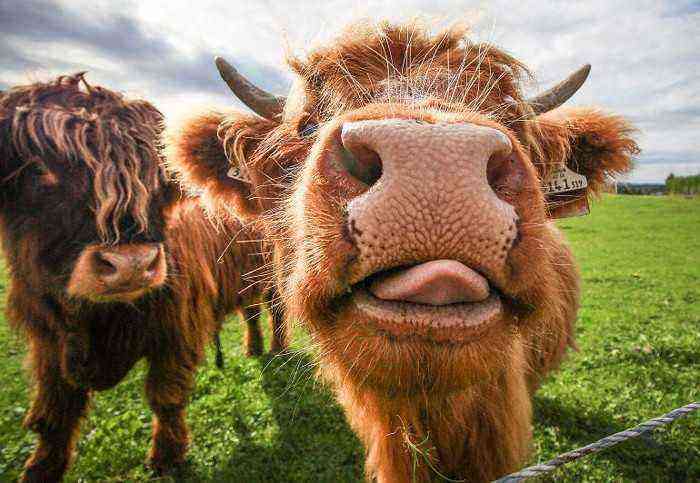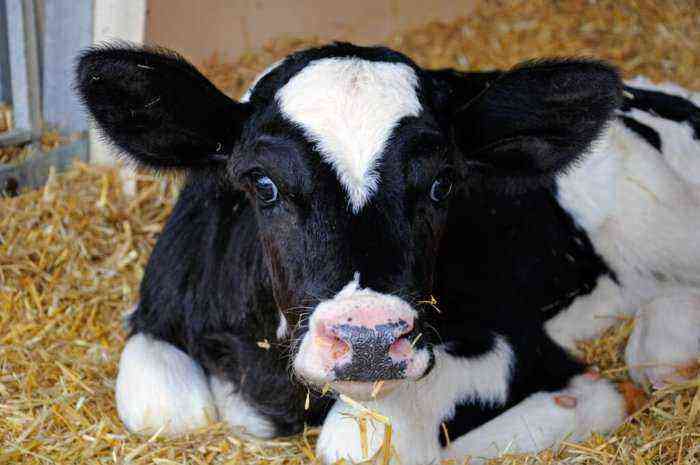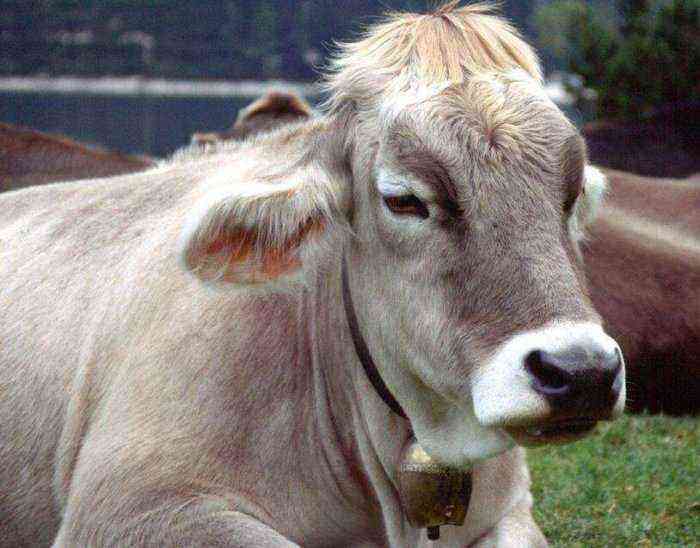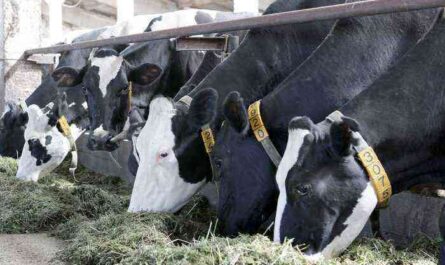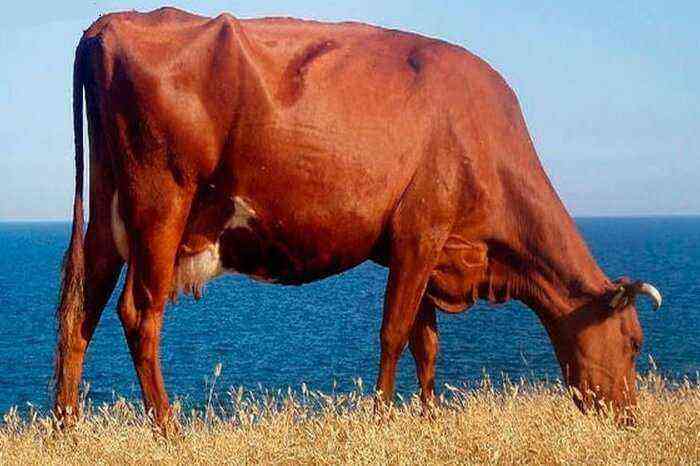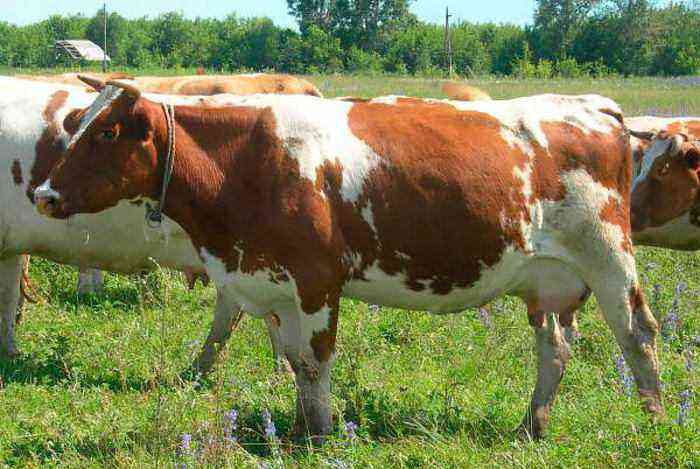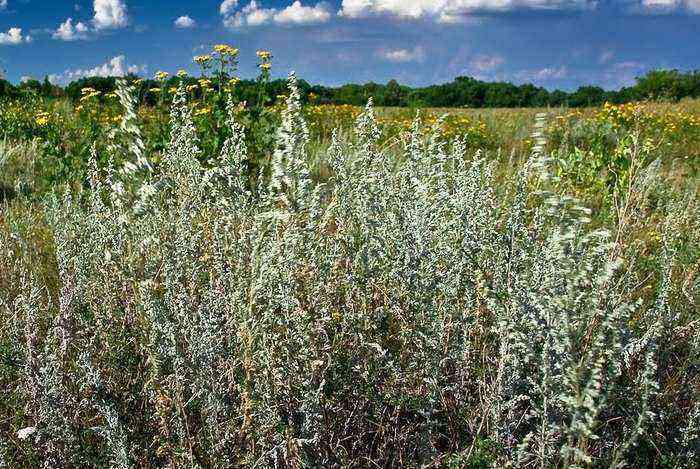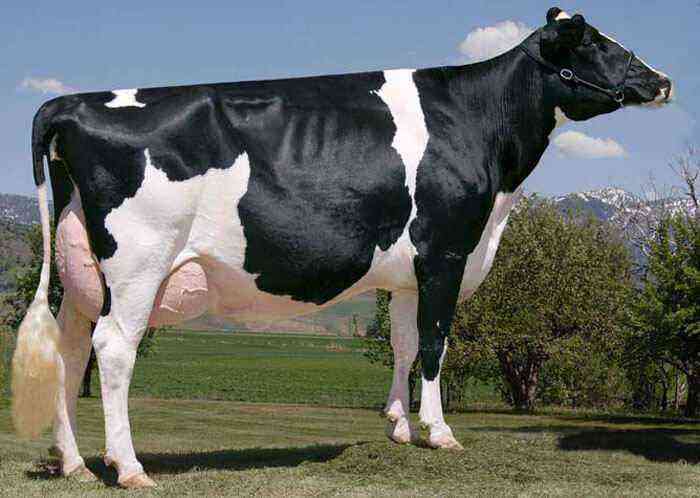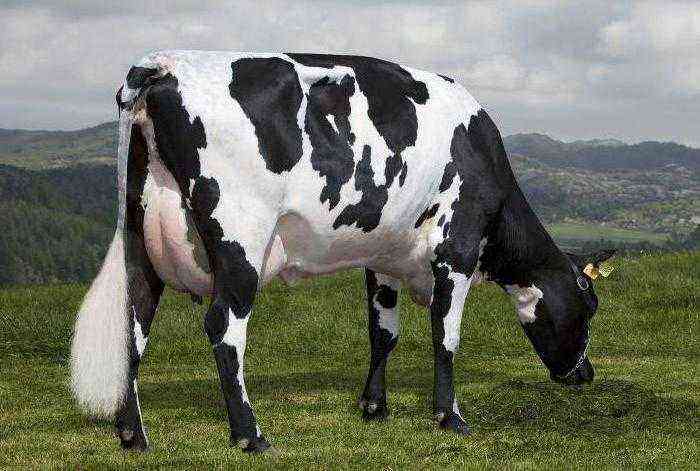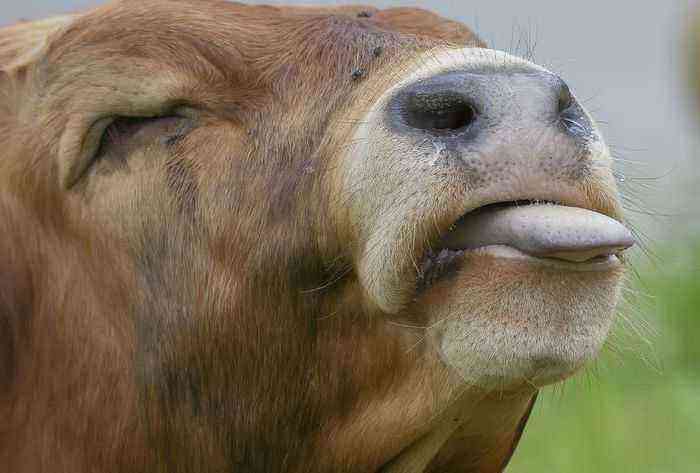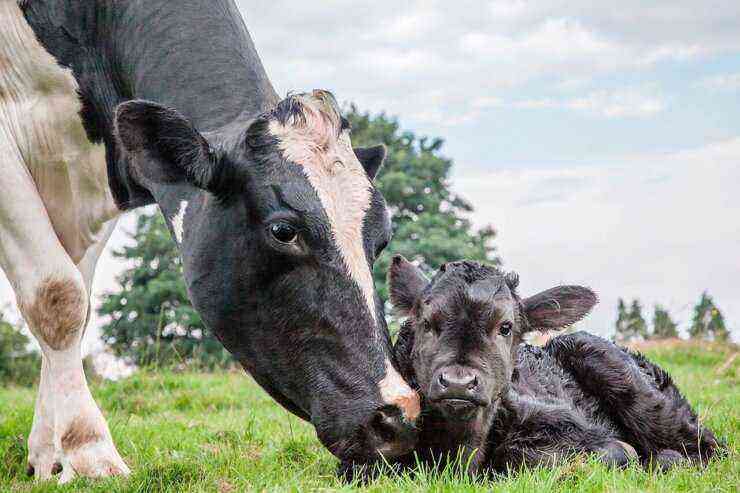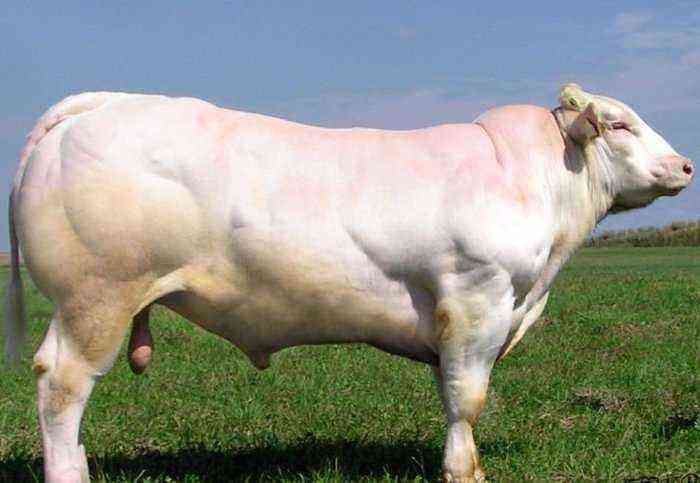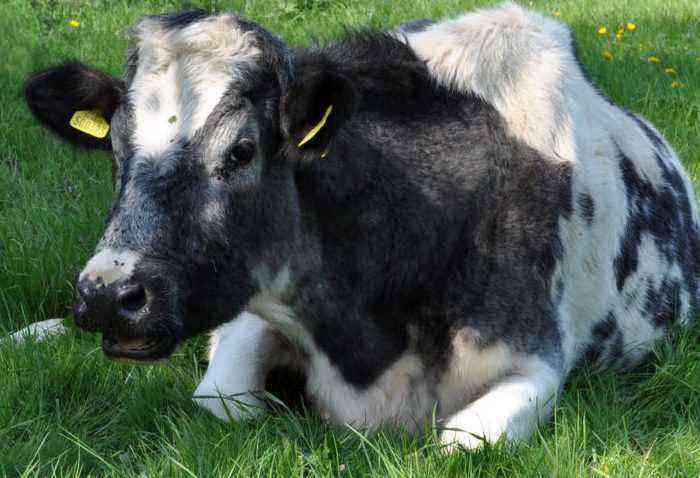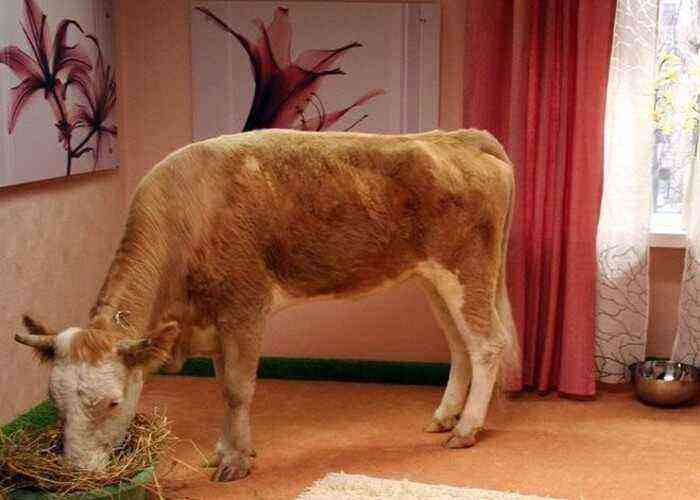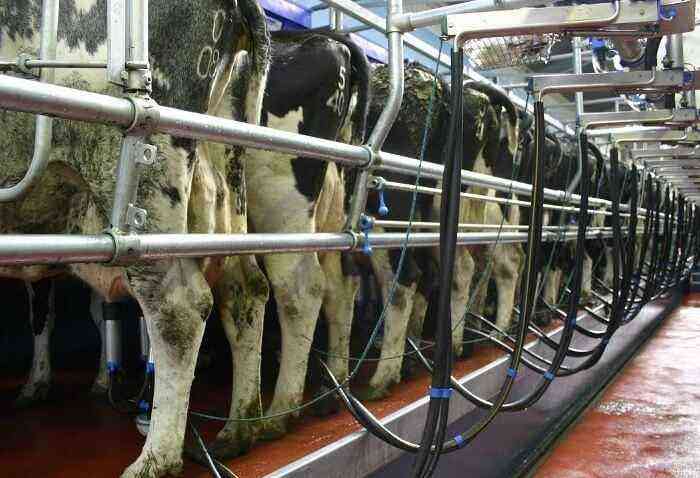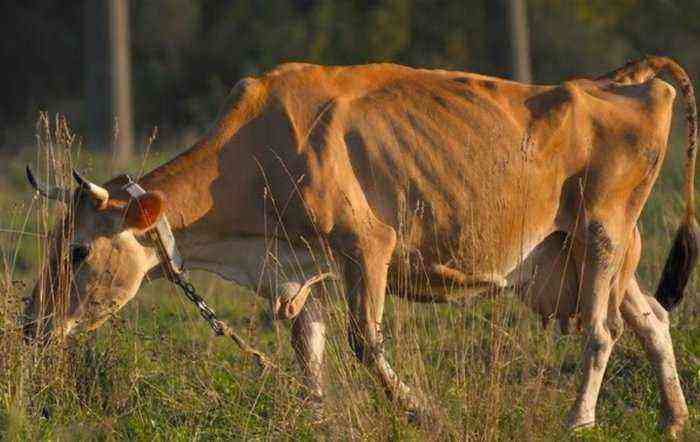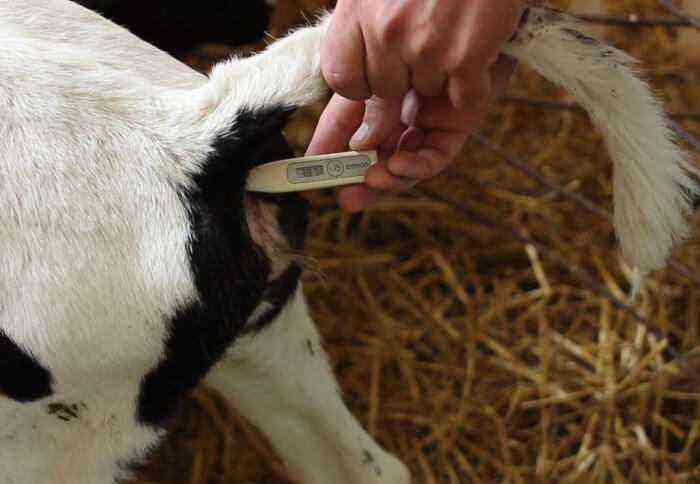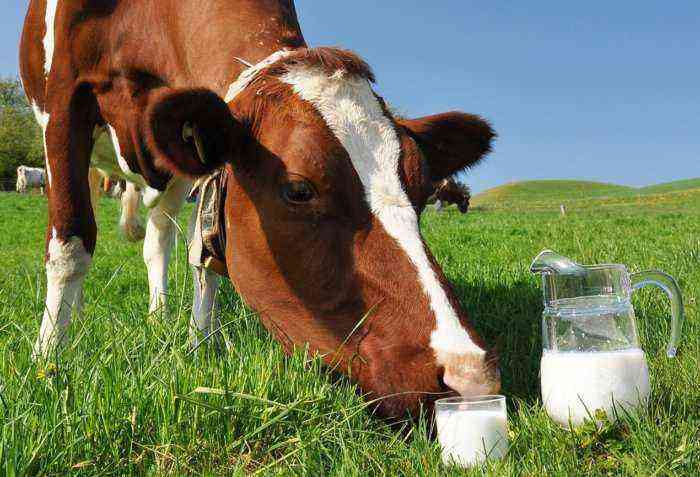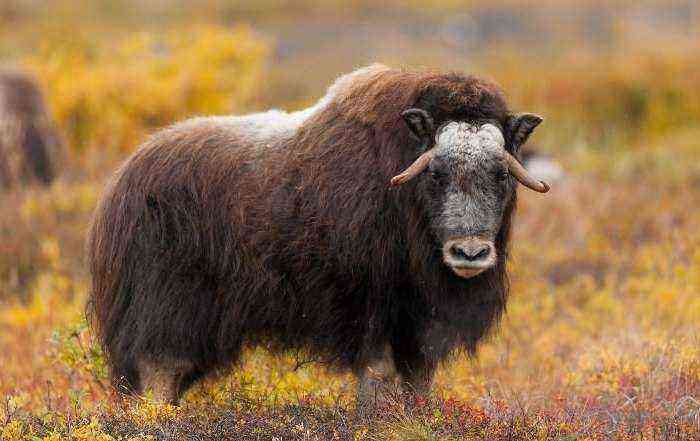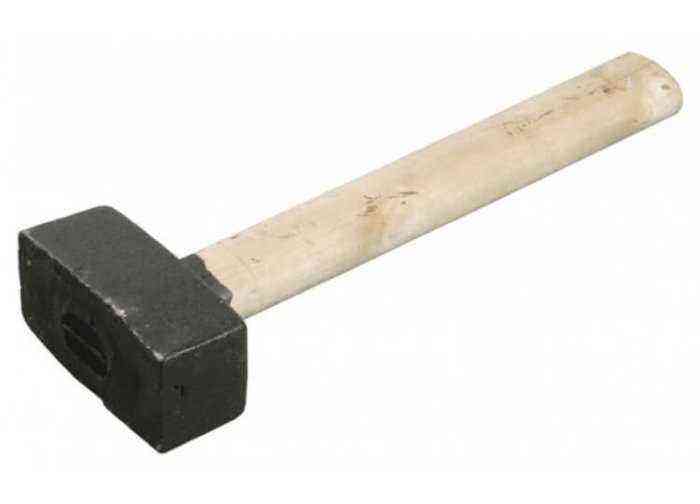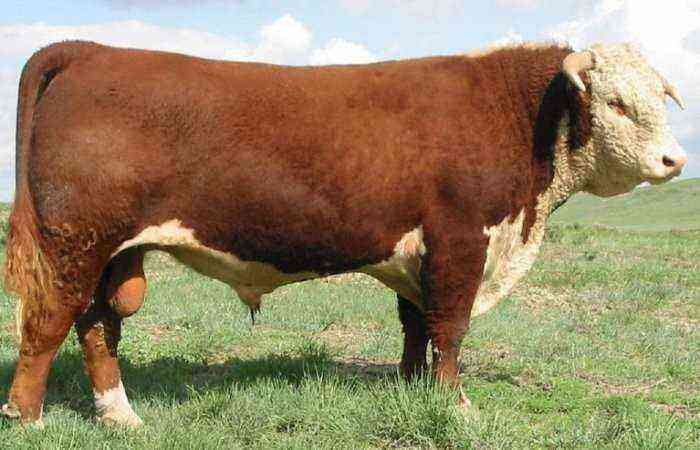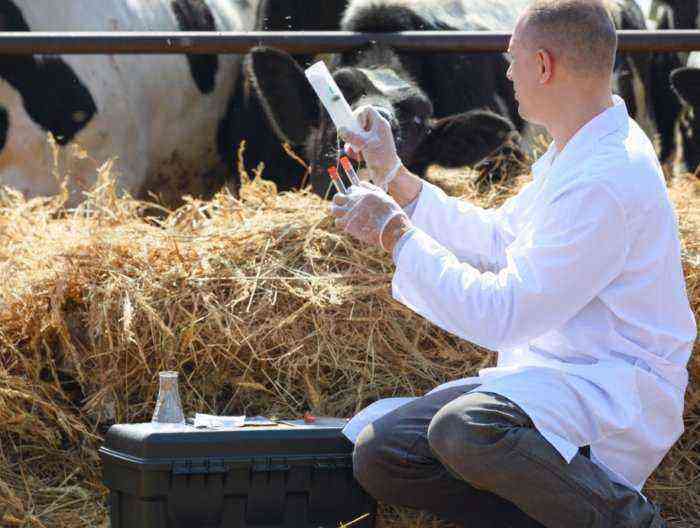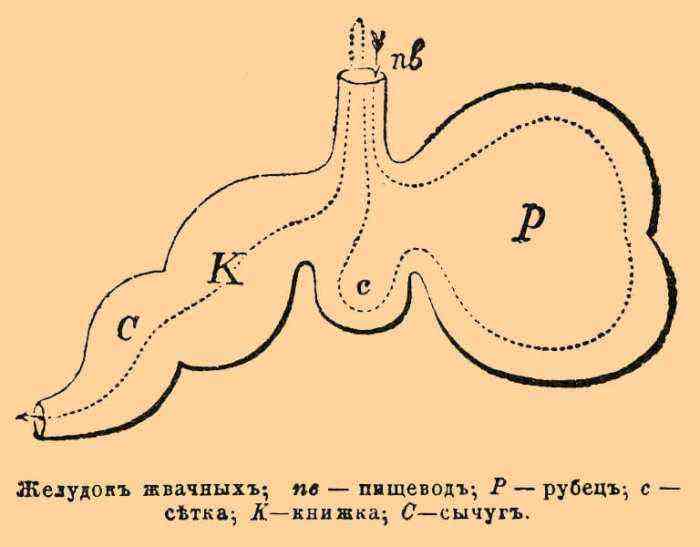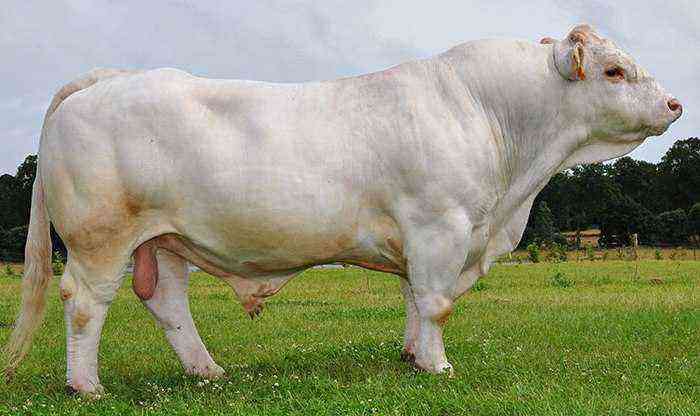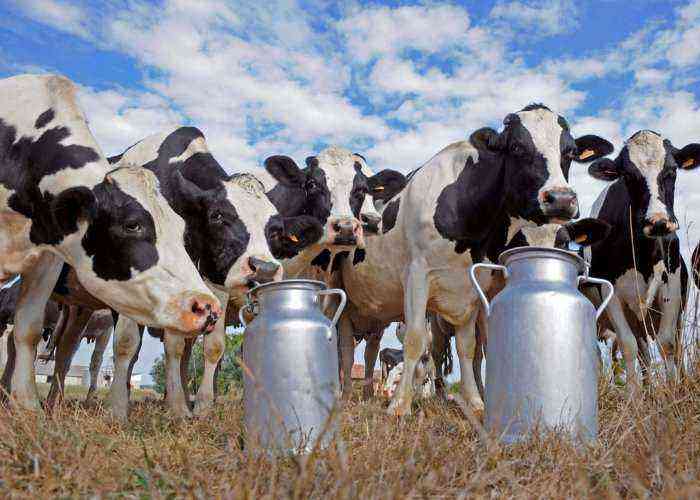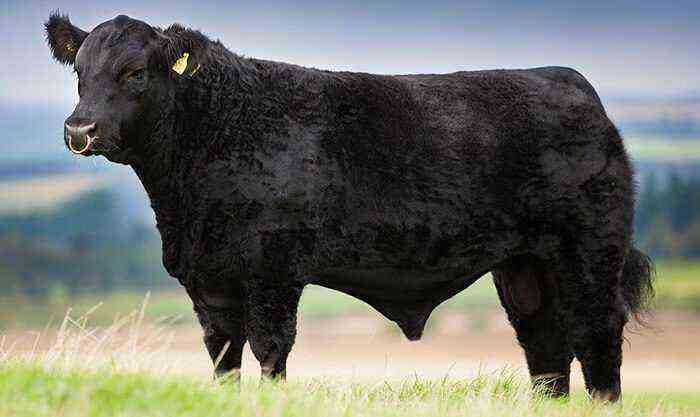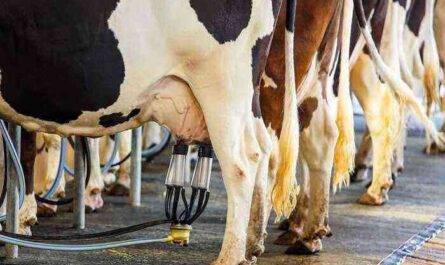The productivity of domestic cows, both meat and dairy, directly depends on the quality, quantity and balance of feed consumed by these domestic animals. In the cold season, it is more difficult to provide good nutrition. In order to plan the diet in advance, it is necessary to understand how much hay a cow needs for the winter, how much fodder beet and fodder should be prepared.
Hay for the winter
What kind of food to feed a cow in winter?
The physiological characteristics of cows determine their needs for trace elements and vitamins in different seasons in different ways.
Since there is no possibility of grazing animals in winter, their diet should include coarse and succulent feed. The basis of nutrition is root crops, hay and silage. To provide animals with high-quality food throughout the winter, the following should be prepared in advance:
- hay and straw;
- roots;
- spring cereals and legumes.
Cows should be fed at least twice a day. In the morning you can give beets, pumpkins and other vegetables, forage and hay are better suited for the evening diet.
Drinking plenty of water also helps with good digestion. Water must be warm, it should be given in abundance (35-40 liters per day per animal).
In order to avoid disorders of the gastrointestinal tract, a gradual transition from the summer diet to the winter diet should be ensured. Cows should be given their usual diet in the same portions, while consuming a small amount of new feed along the way. Every day the share of the first should decrease, and the second should grow. So animals can safely switch to a new diet.
Important! Bitter herbs should be avoided. The amount of feed consumed in this case will decrease, which will lead to a decrease in milk yield and loss of live weight.
Feed consumption per 1 head of cattle
This figure will depend on a number of factors, including:
A cow’s milk yield affects feed consumption
- indicators of cow’s milk yield (the more the animal is able to give milk, the more abundant its nutrition should be);
- the weight of the animal (depending on this indicator, the amount of food consumed will vary within 10%);
- the composition of the feed (in addition to hay, the cow should regularly receive root crops, silage, forage and compound feed).
On the day
Up to 50% of a cow’s daily intake should be roughage. Everything else is balancing and productive types of feed.
Here is the optimal composition of the diet that a cow with an average daily milk yield of 16,5 liters and a weight of 500 kg should receive daily:
- 30 kg silo;
- 5 kg fodder beets;
- 6 kg of hay;
- 1,5 kg of sunflower cake;
- 0,7 kg of wheat bran;
- 1 kg barley flour.
Cows should also be given plenty of water. One cow, on average, drinks from 35 to 60 liters of water during the day, depending on the season. In the cold months, fluid intake decreases, in the summer it increases.
In year
During the year, the cow’s diet should be balanced, and its composition will vary depending on the time of year and access to certain types of food. The proportions of the elements included in the diet will depend on what kind of milk yield the cow is capable of producing. For an individual that gives up to 3 tons of milk during the year, the following nutritional composition will be optimal:
Straw
- hay – 12%;
- silo – 20%;
- haylage – 11%;
- fodder beet – 4%;
- concentrated feed – 28%;
- fresh herbs – 25%.
Depending on the cow’s milk yield, some of these indicators will increase or decrease, while others (for example, hay) will remain unchanged.
For the winter
In winter, the need for roughage is reduced, their amount is no more than 38% of the total diet. 34% is succulent feed, the remaining 28% is concentrate.
The composition of the diet of a cow weighing half a ton for each day during the winter feeding period should be as follows:
- 15 kg of hay;
- 2 kg of barley grain;
- 1 kg of corn grains;
- 16 kg pumpkin or root crops.
In accordance with the above list, you can calculate the average amount of feed that will need to be prepared for the winter period. For different regions, this figure will vary due to the duration of cold weather.
Care and maintenance of a cow in winter
In winter, cows, like all domestic animals, require special attention. For their maintenance, a dry, well-lit barn with a consistently high air temperature should be equipped. The room must be regularly ventilated.
Cow care in winter
To enrich the diet with vitamins, it is worth acquiring the appropriate preparations and regularly add them to the food of animals. They are best absorbed when consumed with forage.
A concrete floor poses an increased danger to cattle in the winter. Rapid freezing and the formation of slippery areas can cause the animal to fall and cause serious injury. There is also a high probability of various diseases of the hooves and joints. Cows will lose weight and produce significantly less milk. The possibility of miscarriage increases many times.
To avoid the troubles described above, the floor should be covered with a thick layer of straw or thick birch and oak boards.
All cows should be regularly walked in the fresh air, especially when they are in bed. In this case, the air temperature should not be less than 15 degrees.
Types of hay
The safety and nutritional value of harvested hay will depend not only on storage conditions, but also on the plants that make up its composition. Cereals are in the first place in terms of botanical composition and are the basis of the diet for cows in the winter. But bean hay remains the most nutritious.
pulse
The consumption of legumes enriches the diet of cattle with protein. This feed contains a large number of trace elements, in particular, calcium. And there is no need to talk about vitamins of all groups. Among the herbs of this species for harvesting, others are better suited:
- alfalfa;
- clover;
- chickpeas;
- soybeans;
- peas.
bean hay
Bean hay provides growth in weight gain and protein content in milk. Excess of these plants in the diet of an animal can lead to an unbalanced intake of carbohydrates and a number of negative consequences:
- the development of pathologies of the gastrointestinal system caused by an excess of proteins;
- growth in the blood of acetone bodies;
- shift in the balance of fatty acids;
- development and progression of ketosis.
To exclude such processes in the animal’s body, during the dry period, the consumption of legumes should be reduced as much as possible. Also, 7-10 days before calving, these herbs should be completely excluded from the diet.
Legumes are quite difficult to dry, their storage is difficult. High humidity causes the formation of fungus and mold, which leads to spoilage of hay. This is due to the high moisture content in the legumes themselves, dense foliage and large thickness of the stems.
Cereals
Cereal crops have become the basis of the diet of cattle, not only because of their nutritional qualities. There are a number of other reasons as well:
- high yields (this hay can be harvested really a lot);
- ease of preparation;
- unpretentiousness in storage (hay does not require any special care and conditions).
From a unit area, you can collect a decent crop of cereals. At the same time, they are less demanding on environmental conditions. They are easy to clean and store, and when dried, they lose a minimum of nutrients.
These plants are inferior to legumes in the richness of trace elements, but they are stored much longer and are many times superior to them in terms of collection volumes.
For future hay harvesting, the following are best suited:
Donnik
- clover;
- wheatgrass;
- wheatgrass;
- bonfire;
- timothy.
motley grass
A combination of legumes and cereals seems to be the best option for making hay for the winter. The most popular among cultivated plantings today are the following mixtures of herbs:
- timothy and alfalfa;
- timothy and clover;
- vetch and oats.
If we talk about mountain and meadow hay of natural origin, it can include many herbs, both beneficial and harmful to the health of livestock. Therefore, you should be as careful as possible when choosing the harvesting of wild grass.
Harvesting wild grass for hay
If you grow legumes and cereals together, you can get rid of a number of disadvantages of each type:
- the nutritional value of cereals will increase significantly;
- legumes will become less susceptible to the fungus, which will reduce the percentage of spoilage;
- storage requirements for herbs are not so strict;
- the energy and mineral composition of the diet will be much better.
Conclusion
Properly formulated diet for summer and winter is one of the prerequisites for increasing milk yield and gain in live weight. Cows should regularly receive a full range of essential trace elements and vitamins. You should also provide plenty of fluids and balance the percentage of dry matter in the feed. Proper nutrition is not only a guarantee of high productivity, but also one of the conditions for good health and sustainable livestock immunity on any farm or household.
